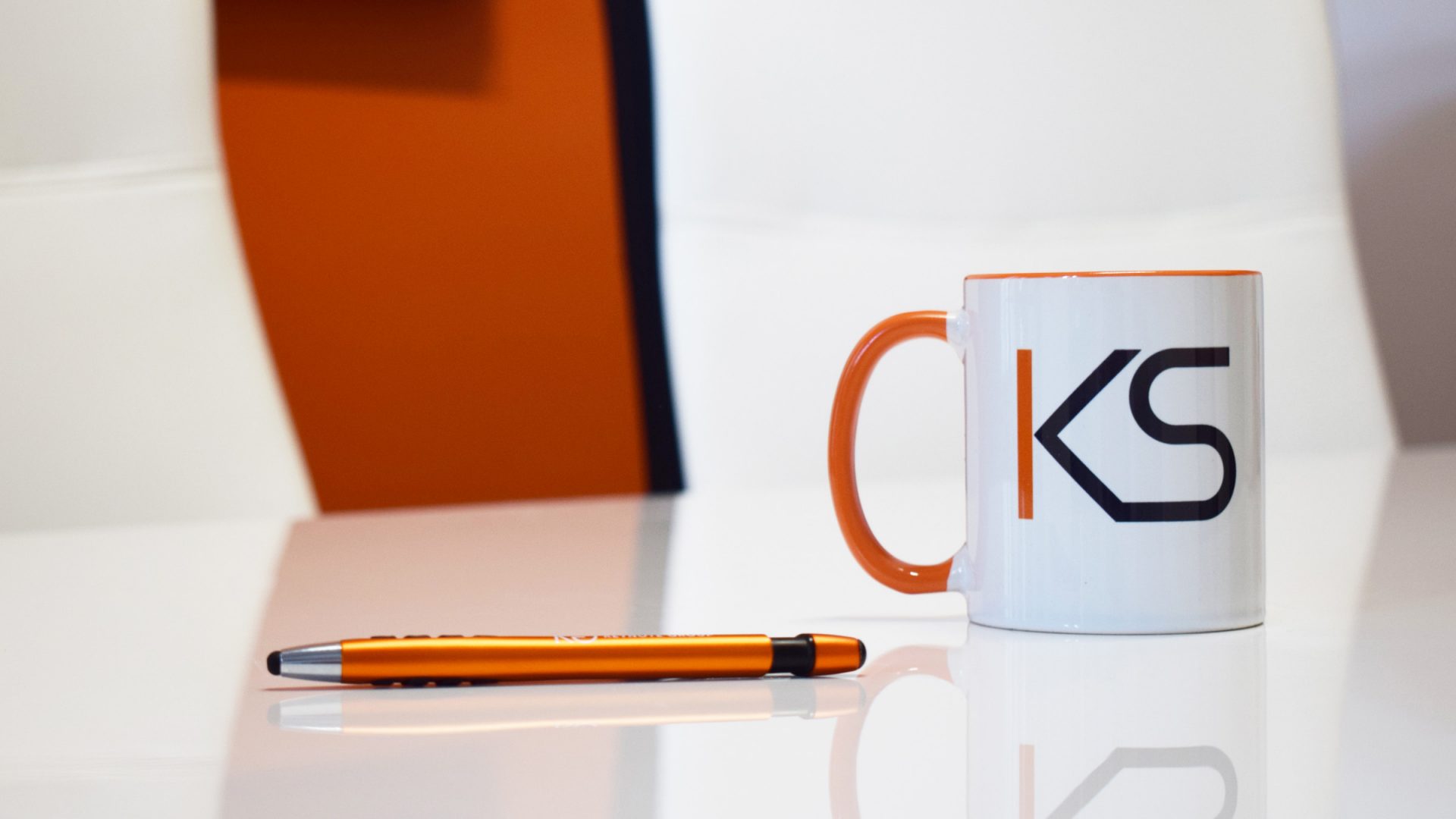How to Write LinkedIn InMails to Increase Response Rate
There is no denying that LinkedIn is a powerful tool for executive recruiters, headhunters and hiring managers. With over 600 million professionals on the platform and 260 million logging in monthly – it makes LinkedIn an ideal platform for recruiters to source and reach out to potential high value candidates. For executive search specifically, there are 61 million users that are senior level influencers with 40 million of them in decision-making positions.

LinkedIn has shared some key insights to ensure executive recruiters and hiring managers are able to optimize their outreach to LinkedIn users and maximize the effectiveness of InMails. Being a top notch executive recruiter or hiring manager means that you are able to market and convey value to candidates about a potential opportunity that they should consider.
87% of users on the platform are open to new job opportunities.
Don’t lose out on qualified candidates and get ghosted on your InMails by not drafting effective communications – there is a science to it. Personalizing your InMails as well as targeting qualified candidates that have a connection to you or your company will result in much higher InMail response rate.
Here are 8 tips to help draft quality InMails that will help elicit an increase in response.
1. LinkedIn states that the #1 reason people leave a job for a new one is career advancement. When you are creating your messaging for InMails, consider not just communicating why it’s a great role, but also frame how the role will help them get ahead in their career. How the role will contribute to their career progression should be a focal point.
2. InMail subject lines should drive action by intriguing the recipient. Use similar best practices to email subject lines to capture the attention candidates. Here is a great article by OpinMonster with examples of subject lines that will boost your open rates.
3. Praise the candidates skills or highlight why you chose to reach out to them in your InMail. Go beyond the classic “based on your background” and be more specific by commenting on a reasons specific to their background. If you are hiring a VP of Marketing, consider something closer to “based on your digital marketing experience and expertise, and your ability to manage teams…”.
4. Keep it short and sweet. Similar to long emails, if the message looks like it will take too long to consume, it will get ignored. Be sure to be concise and each sentence should be valuable to the reader. End with a clear call to action to communicate the next step, whether it be a call, email, etc.
5. If you have a common former employer with a potential candidate, stating so in your InMail will help increase your likeliness of getting a response by 27%. Any personalization that you can communicate that connects with the potential candidate will help get the conversation started.
6. LinkedIn data suggests that sending InMails between 9 – 10am on a weekday will receive the highest response rate. On the contrary, sending InMails on Saturdays will result in a 16% decrease in likeliness to get a response.
7. Don’t forget about the value of being a part of LinkedIn Groups. According to LinkedIn, if a candidate is a part of the same Group as you, then they are 21% more likely to respond to an InMail.
8. Build your network and company followers. If a candidate is following your company on LinkedIn they are 81% more likely to respond to your InMail. Creating an engaged community with your brand has a number of benefits including the ability to attract executive hires. In addition candidates are 46% more likely to accept an InMail if they have a connection to someone who works at your company.

